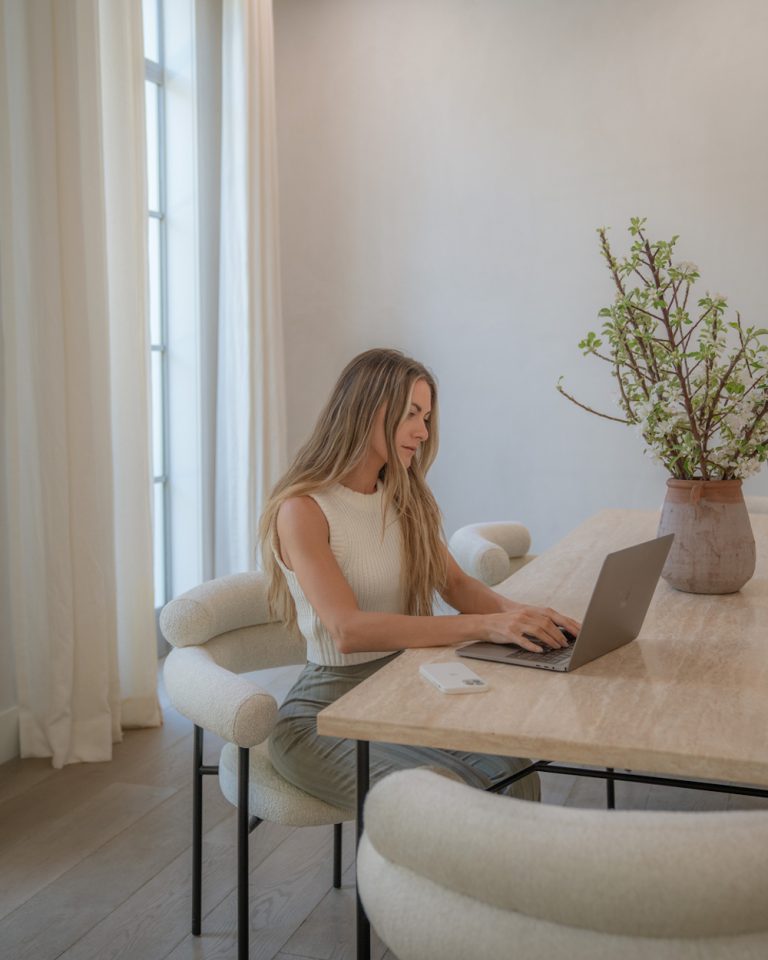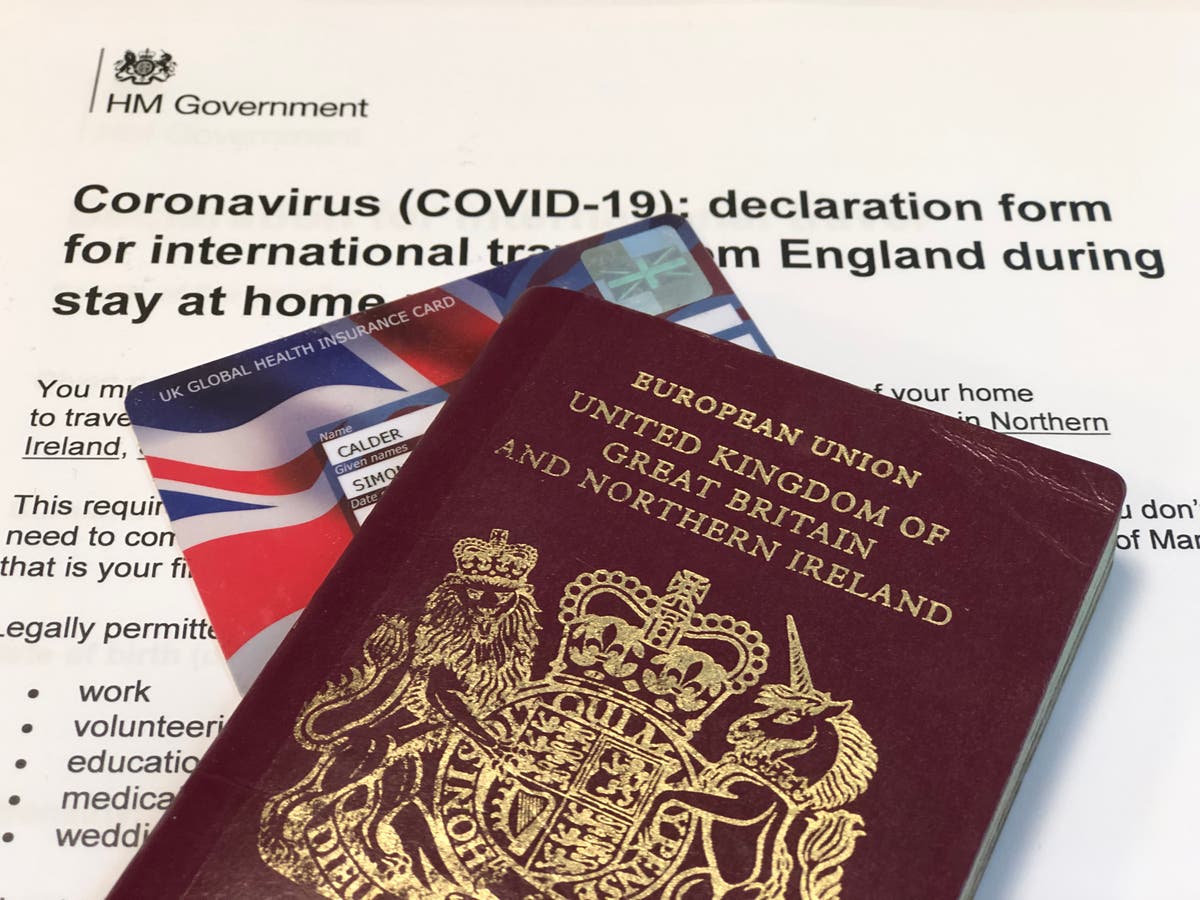7 Secrets to Having the Most Productive Day of Your Life
Plus the habits that are keeping you stuck. The post 7 Secrets to Having the Most Productive Day of Your Life appeared first on Camille Styles.

I’ve exposed myself before—I used to be a chronic procrastinator. But while procrastination defines the act of avoiding something despite knowing that it’ll come with negative consequences, we often wonder: why is the routine so hard to break? When a productive day is our goal, one of the best ways to combat the (very human) habit of procrastination is to build structure and intention into your schedule.
What do I mean by this? Oftentimes, when we reflect on the day—whether it’s just the workday or the past 14ish hours in their entirety, the gap between getting things done and leaving more than you’d like uncrossed on your to-do list is a matter of planning. And not only that, but planning with a clear objective in mind.
Today, we’re discussing the framework of what a productive day looks like. Because while we may pull inspiration from those who seem to have it all together (disclaimer: none of us do), finding fulfillment, meaning, and purpose in our day is a deeply personal experience. So of course, the steps we take to reach that goal have to align with our own wants, needs, and priorities. Let’s dive in.
Featured image from our interview with Janessa Leoné by Teal Thomsen.
1 of 3
What is a productive day?
As I’ve shared previously, the concept of productivity is traditionally relegated to the workplace. We use the term as a measure of our inputs versus our outputs in relation to our role within an organization. However, as with many theoretical concepts, the reality is a bit more nuanced and complex. That’s why, when it comes down to it, a productive day looks different for everyone.
But there are a few common elements every productive day will consist of.
You generate value. This is how we traditionally think of a productive day. We complete tasks, check off our to-do’s, complete deliverables, etc. Looking at this through the lens of productivity, it means that we’re doing as many of these important tasks as possible in our day. You experience growth and expansion. Whether it’s developing new proficiencies through a platform like Skillshare or LinkedIn Learning or building interpersonal skills with co-workers, you’re having new experiences and amassing new knowledge. You enjoy the day. Yes, it’s important to enjoy yourself, too! This is where meaning and purpose come into play.While generating value is the most obvious way of understanding a productive day, if that were the only defining component, it could be easy to shift into a toxic productivity mindset—believing that what we contribute takes primary precedence. Thankfully, the trifecta of a productive day takes into account your personal growth and enjoyment as well. Productivity is holistic, touching upon the truth that it’s not simply what we do, but how we feel and grow that help us end the day with a sense of accomplishment.
2 of 3
7 Secrets to Having a Productive Day
With this framework to guide us, let’s now look into the nitty-gritty of what will help you have a productive day. But first, it’s important to remember: just as our emotions and energy levels fluctuate day to day, our productivity—and what productivity looks like—will fluctuate as well. As you dive into the tips below, understand that to experience productive days, we have to establish the secrets below as habits, ones that we weave into our daily rhythms and routines.
To experience a feeling of accomplishment and purpose, start implementing these tips today—productive day number one.
1. Imagine Your Ideal Productive Day
Again, not only will this look different for everyone, but it will look different for your day-to-day. That’s why I like to make it a part of my morning journaling session. I’ve garnered plenty of inspiration from Camille’s own morning routine, which helps her understand how that day will help her make progress toward her goals, contribute to her vision of her life, and, as she writes, “hold up your calendar to see if the way you’re spending your time matches up.”
To do this, use a dedicated journal for dreaming up and mapping out your ideal productive day. As you write, reflect on the following:
What tasks need to get done today? How can I set aside time to build skills that are meaningful to my growth? What habits can I weave into my routine that support my happiness and help me experience a sense of fulfillment?With these prompts to guide you, use this time to get specific about how you’ll add value, experience growth, and enjoy your day.
2. Define Your Goals
As a part of your morning journaling, bullet out your top-of-mind goals for the day. I like to keep this list to 3-5 goals, operating by the belief that the fewer, the better. This allows me to focus on what will really move the needle forward in terms of in-process projects and my career as a whole. To help you set meaningful goals, ensure they are:
Time-specific. Ideally, these are goals that can be accomplished in a single day. Contribute to larger goals. Don’t waste your time getting bogged down by the small stuff. Do these goals influence your progress toward more long-term growth?3. Orient Your Routine Toward Growth
While it’s only one part of the productive-day puzzle, it’s important to think of growth as the overarching theme that influences everything you do. I know, I know: there are certain, smaller tasks that simply need to be done. But when making decisions about how to most effectively spend your time, ask yourself: how is this contributing to my growth and the growth of my projects?
I’ve discovered that by consistently asking myself this question throughout the day, it becomes much easier to avoid distractions. Whether it’s responding to a text, spacing out on Instagram, or even trying to get to Inbox Zero when a more significant task awaits, if it doesn’t concretely contribute to what my growth looks like for that day, I say no—and move along.
4. Practice Effective and Efficient Communication
TL;DR: Learn to say no. For recovering perfectionists and people-pleasers like myself, I know very well that this can be one of the most challenging secrets to a productive day. But it’s also one of the most important. While it’s good to be a team player, having others’ work or tasks dumped on you with other, more pressing tasks on your plate is the enemy of a productive day.
When entertaining any requests, be realistic and mindful of what’s on your to-do list for that day. Ask yourself: Does this request align with my goals for performance and productivity today? By setting clear and strong boundaries, we teach others how to treat us. Because there’s little in work that’s actually an emergency, you can kindly ask that if the task is critical, to speak with your supervisor or manager about adding it to your plate. Protect your time and productivity, and others will follow suit.
5. Optimize Your Breaks
I won’t lie—there’s a part of me that hates what I just wrote. Optimize your breaks. As someone adamantly against toxic productivity, I do what I can to carve out space for myself in our always-on, hyper-connected world. But instead of trying to squeeze everything we can out of every second, prioritize single-tasking. When you set out to take a 10-minute break or pause for lunch, do only that. This is not the time to mindlessly scroll on your phone or respond to just… one… more… email.
Take a walk without your phone, reveling in the peace of time outdoors. Sit down on the couch with your book and embrace the few minutes you’ve stepped away from your desk. Eat your lunch mindfully, with devices and other distractions put away. For a break to truly feel restorative, you have to actually allow yourself to take a break.
6. Schedule Your Work
There’s a caveat to this. Schedule your work, but in a way that works for you. I’m most productive in the morning—I find that my thoughts are most clear and I can focus best during the early hours. Because of that, I like to frontload my creative tasks to be accomplished during the first half of the day. Then, I leave the afternoon for more administrative tasks, such as email.
It’s a simple structure, but one that helps me envision my day and takes into account how my energy and ability to think creatively naturally wanes in the afternoon. Whether it’s time batching, the Pomodoro Technique, or any other means of time management, find what works for you and let it guide the rhythms of your day.
7. Weave in Small Opportunities for Learning
Small, but meaningful. Keeping growth-at-every-turn in mind, see how you can fit in time to build skills that are important to your professional and personal growth. What certifications are relevant to your field that could support the promotion you have your sights set on? Are there creators whose content speaks to a niche industry you’d like to enter? Could you ask a peer or superior to coffee who has experience and knowledge in an area you’d like to learn more about?
There are endless ways to learn and grow every day. Identify what’s important to you and consistently create these moments that will push you along the path of building the career and life of your dreams.
3 of 3
The Takeaway
Habits don’t change overnight and committing to having a productive day is just the start. The more you implement this productive day framework and practice these tips, the easier it becomes not only to do them, but to understand them as an inherent part of how you spend each day.
By organizing your day to complete as many valuable tasks as possible, putting yourself in the path of growth, and prioritizing enjoyment throughout the day, it becomes easier to find meaning and identify purpose in whatever you do.

 MikeTyes
MikeTyes 
































